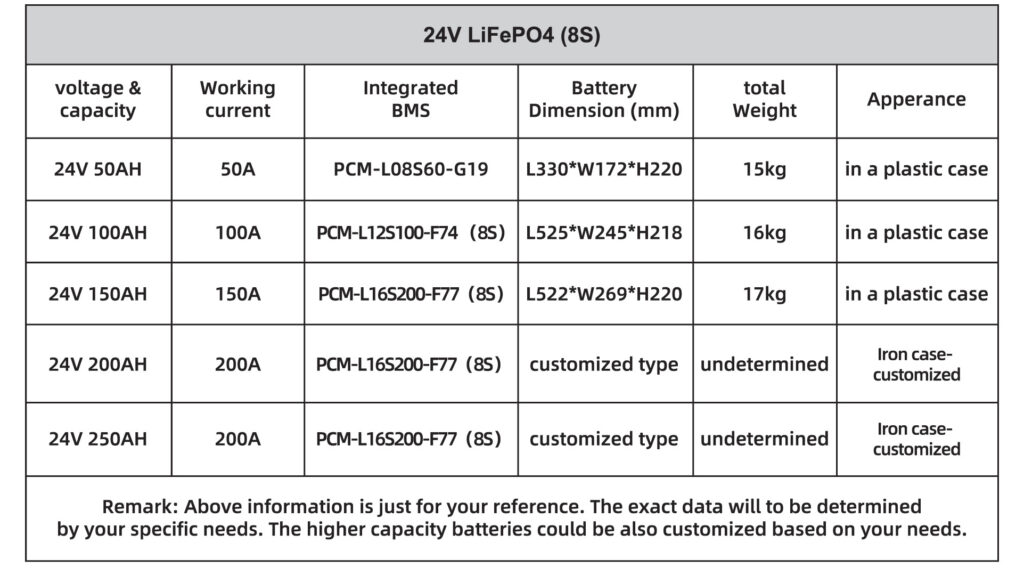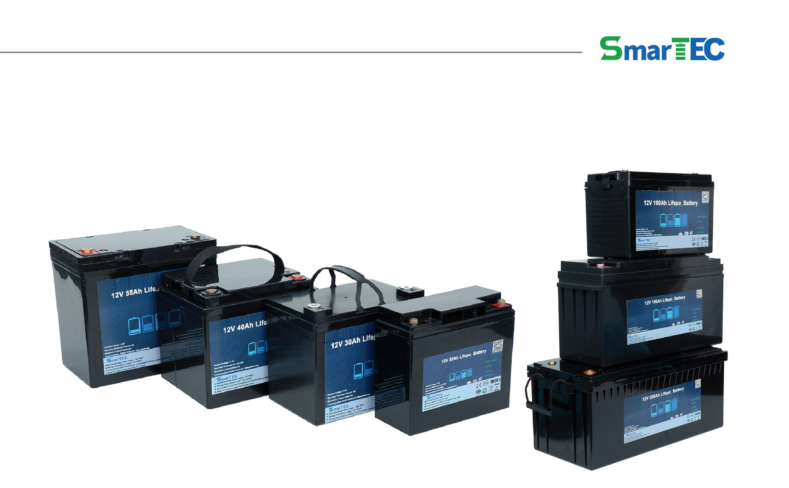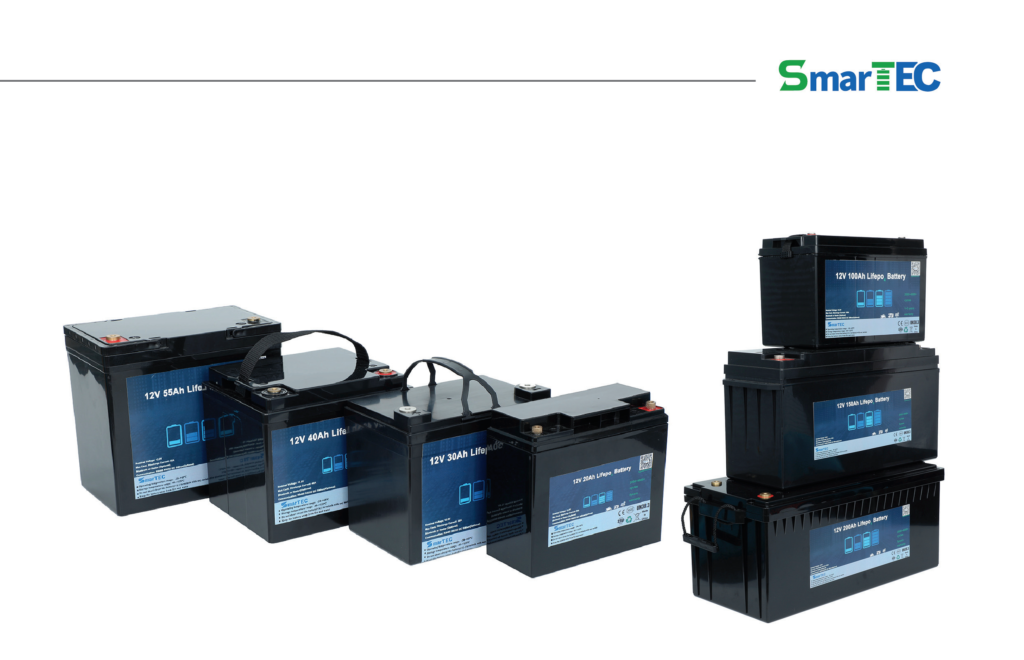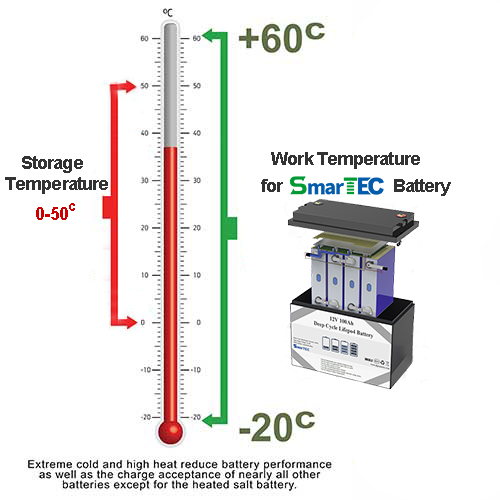Lithium batteries are widely used in various devices and vehicles, such as smartphones, laptops, electric bikes, RVs, marine vessels, home solar storage systems, etc. They offer many advantages over other types of batteries, such as high energy density, long cycle life, low self-discharge rate, and environmental friendliness. However, not all lithium batteries are the same. There are different types, sizes, capacities, voltages, currents, and safety features of lithium batteries. How do you choose the right one for your home device or vehicle? In this blog post, we will show you some of the most important factors to consider when choosing a lithium battery.
1. Voltage and Current Requirements
The first factor to consider is the voltage and current requirements of your home device or vehicle. You should match the nominal voltage and maximum discharge current of the battery to the specifications of your device or vehicle. For example, if your device requires 12V and 10A, you should choose a battery that can provide at least 12V and 10A. You can also connect batteries in series or parallel to achieve the desired voltage and current.
The voltage and current requirements of your device or vehicle will depend on the type and function of your device or vehicle. For example, a smartphone may require less voltage and current than an electric bicycle. For the voltage and current requirements of your device or vehicle, refer to the user manual or label on the device or vehicle.
2. Capacity and Energy Density
The second factor that you should consider is the capacity and energy density of the battery. A battery’s capacity is measured in ampere-hours (Ah) and indicates how much charge the battery can store. The energy density of a battery is measured in watt-hours per kilogram (Wh/kg) and indicates how much energy the battery can deliver per unit mass. You should choose a battery that has enough capacity and energy density to meet your needs.
The capacity and energy density of the battery depend on the size and weight of the battery. For example, SmarTEC 17kg 24V LiFePO4 battery have a higher capacity and energy density than 15kg 24V LiFePO4 battery. You should also consider the portability and performance of your device or vehicle. For example, if you want to power your device for 5 hours at 10A, you should choose a battery with a capacity of at least 50Ah. You should also consider the weight and size of the battery, as they can affect the portability and performance of your device or vehicle.

larger and heavier battery have a higher capacity and energy density than smaller and lighter battery
3. Cycle Life and Self-discharge Rate
The third factor to consider is the cycle life and self-discharge rate of the battery. A battery’s cycle life is the number of times the battery can be charged and discharged before its capacity drops below a certain percentage of its original value. A battery’s self-discharge rate is the percentage of charge that the battery loses per month when not in use. You should choose a battery with a long cycle life and a low self-discharge rate because they can affect the durability and reliability of your battery.
The cycle life and self-discharge rate of the battery depend on the quality and type of materials used in the battery. For example, a lithium iron phosphate (LFP) battery may have a longer cycle life and lower self-discharge rate than a lithium cobalt oxide (LCO) battery. For battery cycle life and self-discharge rate, refer to the battery data sheet or label.
4. Temperature Range and Safety Features
The fourth factor to consider is the temperature range and safety features of the battery. A battery’s temperature range is the range of temperatures at which the battery can operate safely and efficiently. A battery’s safety features are the mechanisms that prevent or reduce the risk of overcharging, over-discharging, shorting, overheating, or fire. You should choose a battery with a wide temperature range and robust safety features because they can affect the performance and safety of your battery.
The temperature range and safety features of the battery depend on the design and construction of the battery. For example, a tubular cell may have a narrower temperature range and fewer safety features than a cylindrical cell. You should also consider the environmental conditions your device or vehicle will be exposed to. For example, if you plan to use your battery in extreme weather conditions, you should choose a battery that can withstand temperatures from -20°C to 60°C. You should also choose a battery that has a built-in BMS (Battery Management System) that monitors and controls the voltage, current, temperature, and state of charge of each cell in the battery pack.
These are some of the main factors to consider when choosing a lithium battery for your device or vehicle. Of course, there are other factors that may be relevant depending on your specific needs and preferences, such as the cost, availability, warranty, brand reputation, etc.
Are you still confused about choosing the right lithium battery or want to consider the cost, availability, warranty, manufacturer reputation? Then you can visit our website: https://www.dgsmartec.com or contact us.
We have been in business since 2007, and have become part of the supply chain system of well-known brand manufacturers at home and abroad. We have a skilled R&D team, rich production experience, advanced production technology, and a mature management system to ensure that we provide our users with high-quality, safe, convenient, and clean green products. We are committed to open innovation and sustainable development in the field of BMS and lithium batteries. we also support ODM&OEM, the total battery pack solutions could be customized according to your specific applications which will bring you the best solution to meet your need. Contact us today to find out how we can help you with your battery needs.



